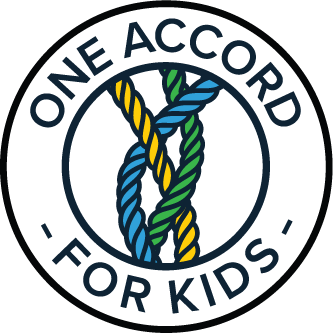Community Collaboration for Child Welfare
Intractable social problems like child welfare (i.e., abuse, neglect, foster care) require community collaboration. Federal and state law and policy, done correctly, can create an environment for community collaboration but is not a substitute for sidewalk-level partnership.
Community collaboratives are in the best position to define local priority outcomes – like “Safe Neighborhoods” or “Healthy Children.” In most communities, local agencies are already tackling intractable issues like hunger, poverty, and mental health with program-level goals.
Without population-level collaboration, we can merely throw ourselves at hard problems like a moth at a lightbulb. In the process, we can do really good work resulting in occasional bright spots. But ultimately, addressing complex, population-level problems without a broad-base community effort can be frustrating and demoralizing.
When an agency owns the responsibility for a population-level outcome, it is too easy to criticize and assign blame when the outcome is not met. Such is the case with Texas Child Protective Services (CPS), whose mission is to “protect children from abuse and neglect through services, foster care, and adoption.”
Protecting children from abuse and neglect is a complex, population-level outcome for which the entire community shares responsibility. The outcome depends upon a multitude of factors such as economic conditions, mental health resources, parenting supports, and social cohesion.
Realistically, CPS has very little influence on most of the factors affecting child safety. It shares responsibility for community leadership toward the outcome and for achieving certain program goals that influence the outcome. But it is unreasonable to assign it the full weight of responsibility for protecting children.
Communities bear the ultimate responsibility for protecting children by creating a protective ecosystem for children to grow and thrive. Communities should use various collaborative models, like Results Based Accountability, to define outcomes and indicators of success, agree on strategies to make headway against those outcomes, and share accountability for performance. It is important to structure collaboratives around the ends to be achieved. Collaboration itself is not an end but a means.
If you are interested in working together in the Permian Basin to serve children and families involved in the child welfare system, sign up to be a Partner for Change.
